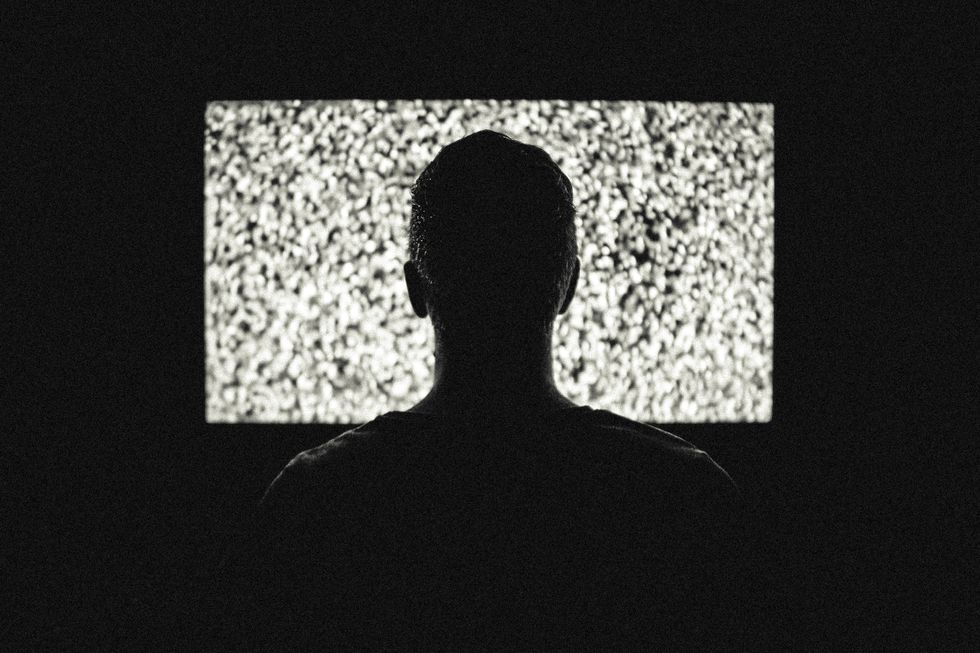If an individual breaks their arm or cannot seem to stop coughing, they will go to the doctor. The doctor will treat that person without question, prescribing antibiotics or utilizing bandages to improve their physical condition. The individual will feel no shame over being injured or ill because physical health is taken seriously.
Why is mental health not treated in the same regard?
Mental health is just as important to overall well being as physical health, but it is often overlooked and goes untreated. For the individuals afflicted with mental illness, learning to improve their mental health is essential to thriving and formulating an identity. However, the shame and negative views towards mental health make this nearly impossible. People with depression are told to get over it, Halloween costumes feature the crazed mental ward patient in a straightjacket, mental illnesses are generalized in jokes when perfectionists say they have OCD or nervousness is labeled as an anxiety disorder.
Media further generalizes mental illness by painting it as something glamorous that everyone is afflicted with instead of as a serious challenge to overcome. The societal stigma prohibits the individual from pursuing a healthy lifestyle and achieving their full potential. If mental illness were treated like physical injury, the afflicted would be more likely to prosper, but this is not a current reality. The stigma surrounding mental health persists and should be reduced.
If negative or unrealistic views towards mental illness were only held by a small number of individuals, the stigma around it would not continue to a high degree. However, the media has promoted the stigma through its exaggerated portrayals of mental illness. Mental health care environments are normally presented in an unpleasant fashion in movies and television shows. Flickering lights, unhygienic rooms, dismal colors, and outdated equipment like straight jackets and electroconvulsive therapy devices are common facets of films.
The characters in movies about the mentally ill, whether the professionals are the patients, are not rounded, evolving characters. Instead, they fit particular and static stereotypes: the narcissistic psychiatrist, the female patient who acts as a seductress, the homicidal maniac. By painting the mentally ill and the professionals who treat them as unrealistic, one-dimensional enemies instead of as real people, those afflicted in real life come to viewed as an unsafe caricature.
The horror movie industry is especially guilty of harnessing mental illness for use as a plot device instead of a real-life obstacle that is a part of daily life for some people. In storylines revolving around demonic possession or exorcism, a disturbing question is often posed. Is the main character being possessed by the devil or are they mentally ill? The symptoms of devil possession in movies often involve seizure-like convulsions, unpredictable bouts of violence that result in injury or loss of life, unimaginable manipulations of the body, and more.
These symptoms then get attributed to a mental illness. If the population educates itself via films on mental illness, this type of portrayal results in inaccurate conclusions. People who have a mental illness are not dramatic cliches, but the fictional inventions displayed on screen promote this ideology and its accompanying shame.

















